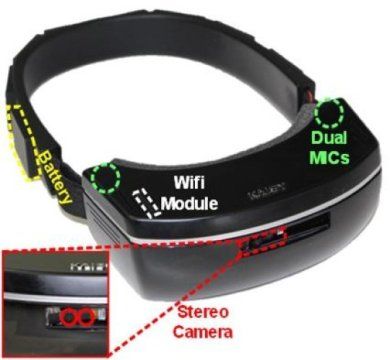Feb 27, 2016
Astronomers Create Largest-Ever Catalog Of Cosmic Voids
Posted by Bruce Dorminey in category: space
We might not think it, but we live in a pretty crowded part of the universe. But more than half our cosmos is made up of largely empty voids where there’s virtually nothing for hundreds of millions of light years of spacetime. At great distances, we still aren’t sensitive to dwarf galaxies that may lie within such voids. But even in the midst of such emptiness, these voids do have a few luminous elliptical galaxies not unlike the one seen here. Kudos to the team that crafted this new catalog map of these empty spots in our cosmos.
Astronomers have released the largest and most extensive catalog of cosmic voids ever generated — extending out some 8 billion light years in an area covering a quarter of the sky, mostly observable from the Northern hemisphere.

















